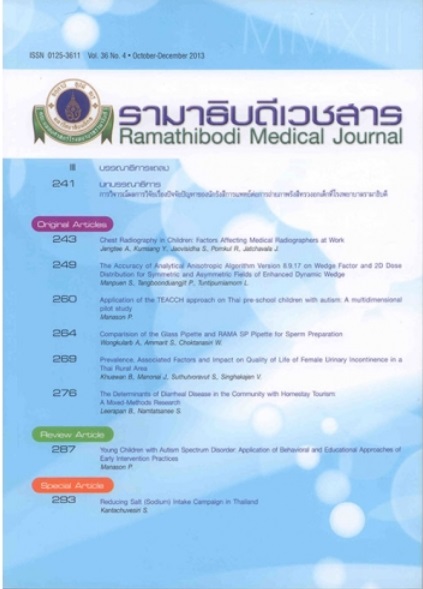Young Children with Autism Spectrum Disorder: Application of Behavioral and Educational Approaches of Early Intervention Practices
Keywords:
Young children, Autism Spectrum Disorder, Early Intervention PracticesAbstract
The increased prevalence of autism spectrum disorder (ASD) and its detection during the first 3 years of life have substantial relevance for early intervention. Recent estimates concerning the prevalence of autism spectrum disorder (ASD) suggest that at least one in 88 children be affected. These groups of young children have important service needs. According to many researchers, intervention at early stage in the child’s development may have a greater chance for success for young children with autism, whist the behavioral and educational approaches are cited as the fundamental method of early intervention practices. The involvement of patients in implementing intervention strategies designed to help their young autistic children has long been accepted as helpful. The purpose of this article is to summarize current scientific information on the behavioral and education approaches of early intervention for young children with ASD and their families as these approaches are viewed as one of the effective approaches to teach young children with ASD.
References
Stahmer AC, Collings NM, Palinkas LA. Early intervention practices for children with autism: descriptions from community providers. Focus Autism Other Dev Disabl. 2005;20(2):66-79.
McConachie H, Diggle T. Parent implemented early intervention for young children with autism spectrum disorder: a systematic review. J Eval Clin Pract. 2007;13(1):120-129.
Gabriels RL, Hill DE, Pierce RA, Rogers SJ, Wehner B. Predictors of treatment outcome in young children with autism: a retrospective study. Autism. 2001;5(4):407-429.
Rogers SJ. Empirically supported comprehensive treatments for young children with autism. J Clin Child Psychol. 1998;27(2):168-179.
Harris S. Behavioral and educational approaches to the pervasive developmental disorders. In Autism and Pervasive Developmental Disorders. Cambridge monographs in child and adolescent psychiatry. New York; Cambridge University Press. 1999;195-208.
Mukaddes NM, Kaynak FN, Kinali G, Beşikci H, Issever H. Psychoeducational treatment of children with autism and reactive attachment disorder. Autism. 2004;8(1):101-109.
Boyd BA, Odom SL, Humphreys BP, Sam AM. (2010). Infants and toddlers with autism spectrum disorder: early identification and early intervention. J Early Intervent. 2010;32(2):75-98. doi:10.1177/1053815110362690.
McEachin JJ, Smith T, Lovaas OI. Long-term outcome for children with autism who received early intensive behavioral treatment. Am J Ment Retard. 1993;97(4):359-372.
Charman T, Howlin P, Aldred C, et al. Research into early intervention for children with autism and related disorders: methodological and design issues. Report on a workshop funded by the Wellcome Trust, Institute of Child Health, London, UK, November 2001. Autism. 2003;7(2):217-225.
Cooper JO, Heron TE, Heward WL. Applied Behavior Analysis. Upper Saddle River, NJ; Pearson education 2007.
National Research Council. Educating children with autism. Committee on education interventions for children with autism. Commission on behavioral and social science and education. Washington, DC; National Academy Press. 2001.
Panerai S, Buono S, Amato G, Zappala M. Rehabilitation experience with autism. Acta Phonia trica Latina. 2000;22:1-2.
Dawson G Osterling J. Early intervention in autism. In The effectiveness of early intervention (ed. MJ Guralnick), pp. 307-321. Baltimore, MD; Paul H Brookes. 1997;307-324.
Facteau C. Proactive and Proud: An early intervention story. The Exceptional Parent. 2010;40:50-52.













